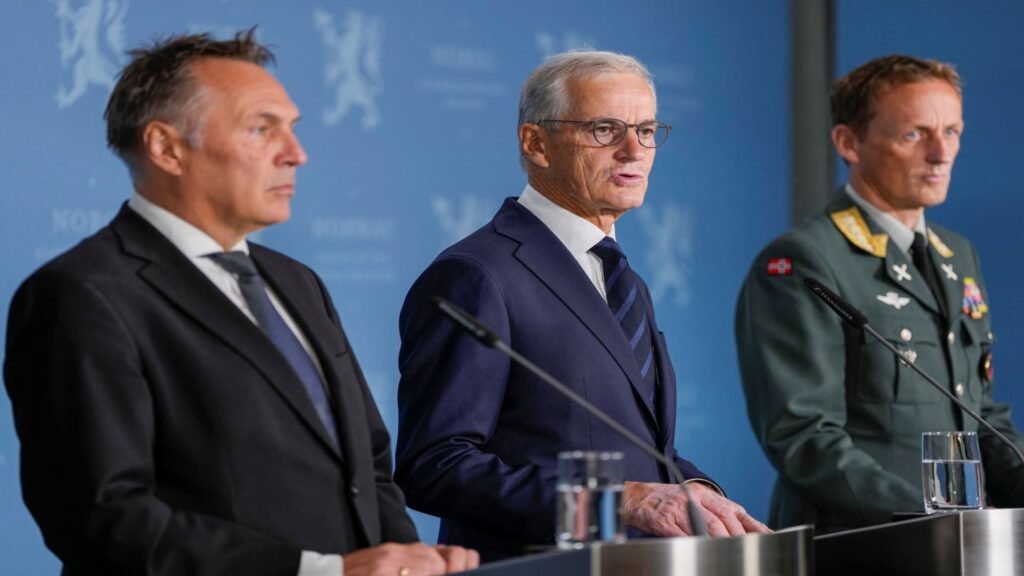
Norway has announced a landmark decision to partner with the United Kingdom for the acquisition of new frigates, marking the country’s most significant military investment to date. The deal, valued at approximately 10 billion pounds ($13.51 billion), aims to enhance Norway’s maritime defense capabilities. The announcement was made on August 31, 2025, by Prime Minister Jonas Gahr Stoere, alongside Minister of Defence Tore O. Sandvik and Chief of Defence General Eirik Kristoffersen, at the prime minister’s office in Oslo.
The decision to select British-made frigates comes after a competitive bidding process involving Germany, France, and the United States. “The frigates are an essential part of our defense because they are key to defend our sovereignty,” Prime Minister Stoere emphasized during a press conference. This strategic move is particularly significant given Norway’s role as NATO’s monitor for the vast 2 million square kilometers (772,000 square miles) area of the North Atlantic, a region critical for tracking the Russian northern fleet’s nuclear submarines.
Strategic Maritime Defense
A primary mission for the new frigates will be to monitor Russian submarine activity, especially those based on the Kola Peninsula, a strategically important area in the Arctic bordering Norway. The acquisition aligns with Norway’s broader defense strategy to counter potential threats from Russia, especially in light of recent geopolitical tensions.
British Prime Minister Keir Starmer expressed strong support for the deal, highlighting its significance for both nations. “The deal is valued at 10 billion pounds and will see a combined fleet of 13 anti-submarine warfare frigates – eight British and at least five Norwegian – operate jointly in northern Europe,” he stated.
Economic and Industrial Impact
The agreement is not only a military collaboration but also a substantial economic opportunity. British officials have been advocating for the BAE Systems’ T-26 City-class frigates, emphasizing the economic benefits for the UK. The deal is expected to support 4,000 jobs across the United Kingdom, with more than 2,000 positions in Scotland, thereby bolstering the local shipyard industry.
Moreover, the draft agreement includes a provision for industrial cooperation with Norwegian industry, equivalent to the total value of the acquisition. This aspect of the deal underscores the mutual economic benefits and strengthens bilateral ties between Norway and the UK.
Norway’s Defense Strategy
Norway’s decision to enhance its naval capabilities is influenced by several factors, including its geographical proximity to Russia and the evolving security landscape in Europe. The move also reflects a response to the increased defense spending urged by former U.S. President Donald Trump, who called on NATO allies to bolster their military capabilities.
Currently, Norway operates four frigates and has previously indicated plans to order five more, with an option for an additional vessel. “This will be the biggest purchase to date. And we are now entering final contract negotiations,” Prime Minister Stoere announced, signaling the commencement of the next phase in this significant defense procurement.
Looking Forward
The acquisition of British-made frigates represents a pivotal moment in Norway’s military strategy, reinforcing its commitment to safeguarding national and regional security. As final contract negotiations proceed, the focus will be on ensuring that the new fleet is operationally ready to meet the challenges of modern maritime defense.
This development also highlights the importance of international defense collaborations and the role they play in maintaining stability in regions of strategic interest. As Norway and the UK move forward with this partnership, the implications for regional security and economic cooperation are profound, setting a precedent for future military and industrial alliances.







